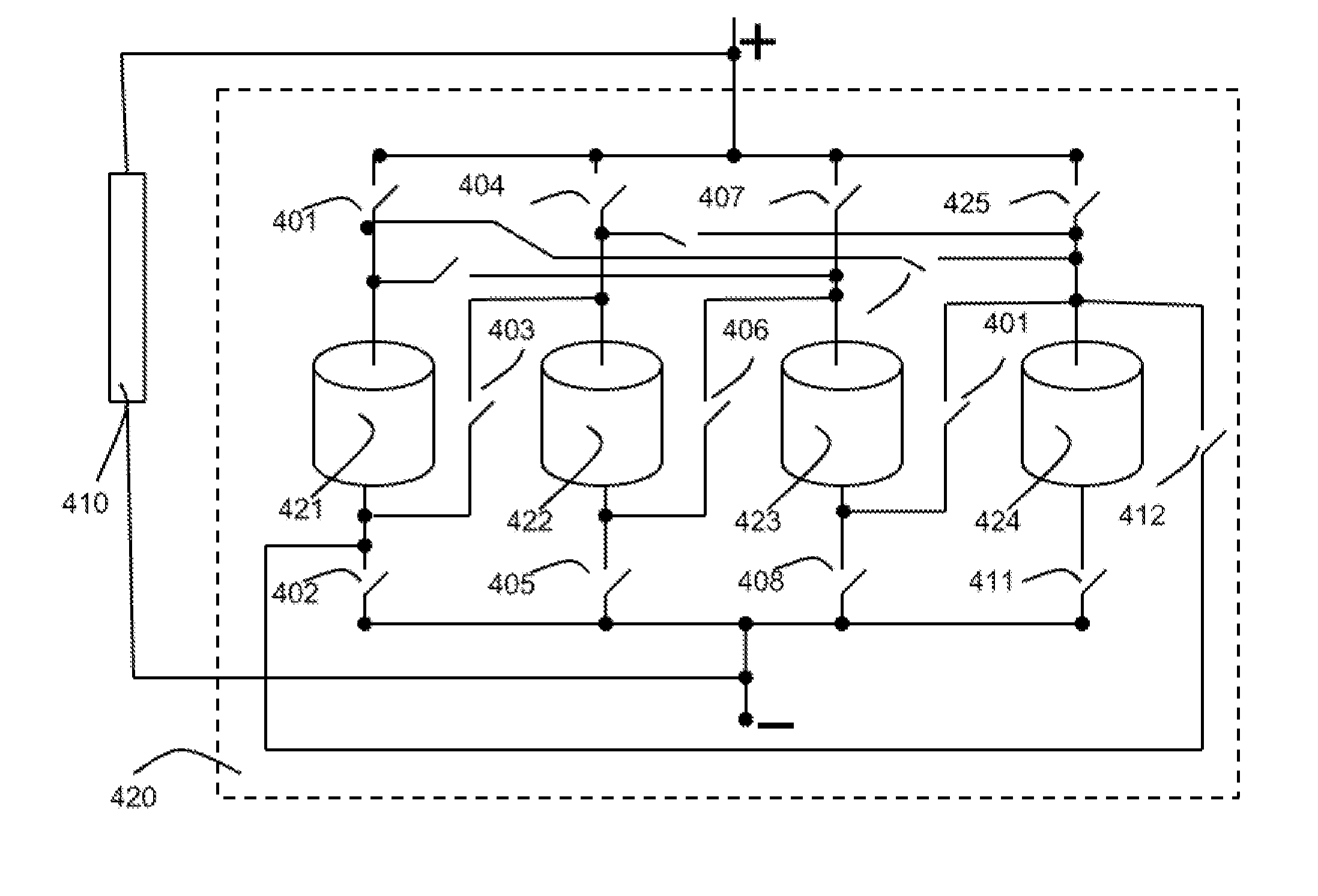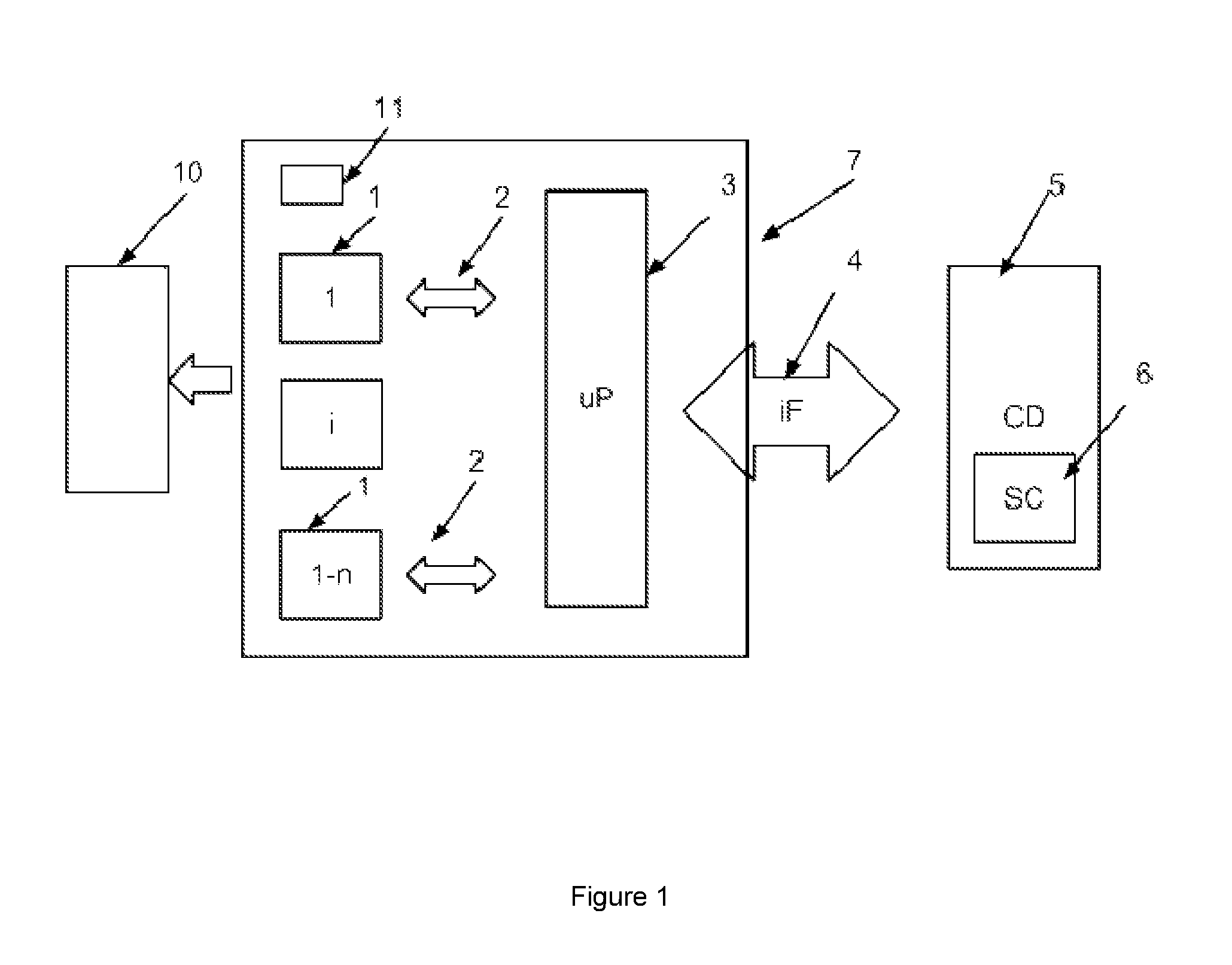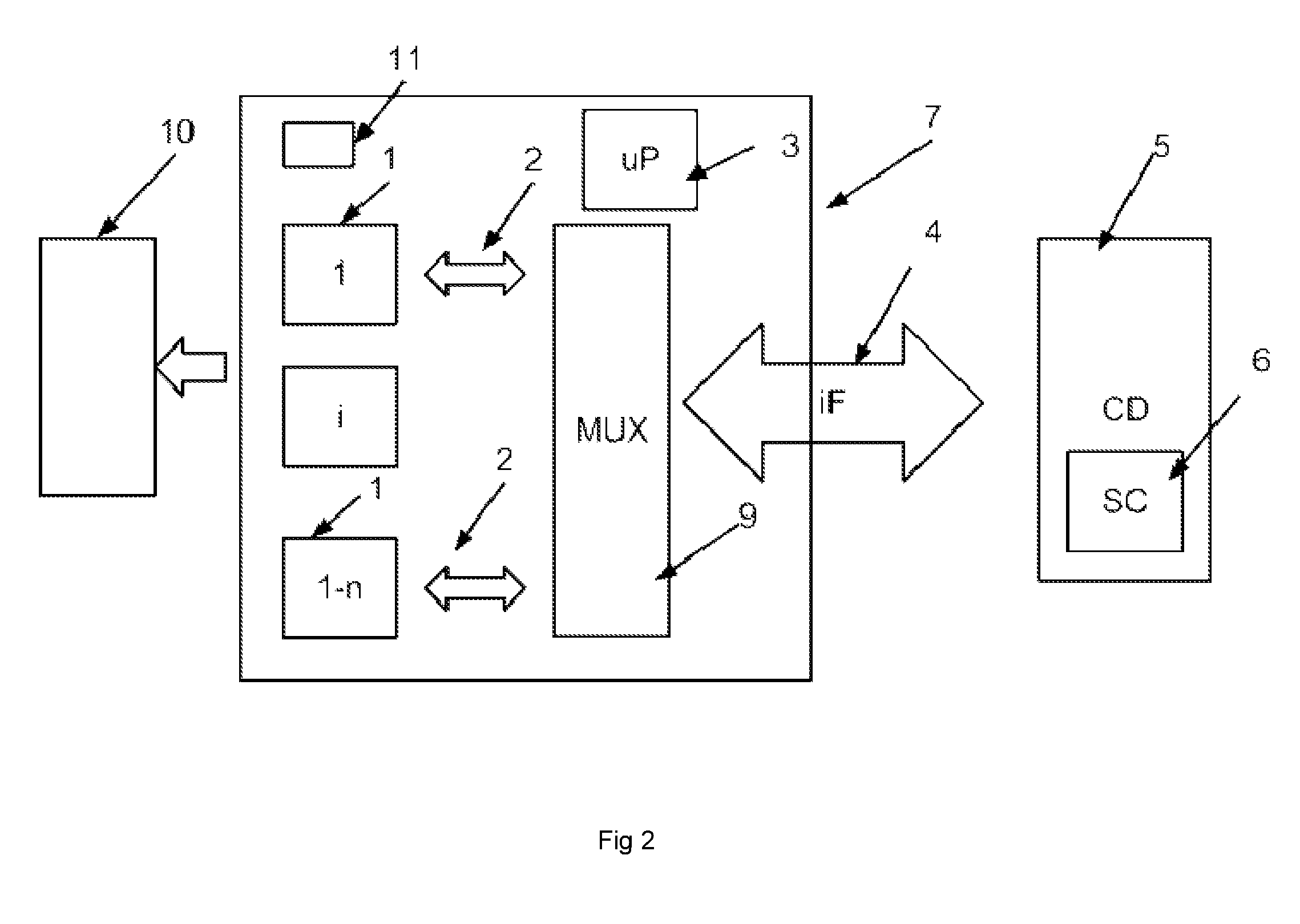Extended life battery
a battery and extended life technology, applied in the field of extended life batteries, can solve the problems of cell phone batteries losing much of their capacity, battery technology cannot keep up with market demands, and battery life is limited, so as to increase the battery charging speed, improve the battery charging process, and increase the battery li
- Summary
- Abstract
- Description
- Claims
- Application Information
AI Technical Summary
Benefits of technology
Problems solved by technology
Method used
Image
Examples
experiment # 1
Experiment #1
Lifetime Recovery
[0134]One of the experiments used for recharging a battery comprises two phases. During a first phase, a constant current of 0.5 A was applied to the battery until it reached a 4.2V level. For Li-ion batteries 3.7V is considered the standard voltage, while 4.2V the maximum recommended voltage. During a second phase of charging a constant voltage of 4.2 V was maintained until the charging current decreased to 0.01 A. At this point the battery was disconnected from charger for a 10 minutes resting period, followed by a discharge at constant current of 0.5 A until the battery reached 3.0V level, which is the lowest voltage reached by the tested batteries. The battery was kept in idle state for a second resting period of 10 minutes. The above steps were repeated three times, and the maximum capacity of 900 mAh was recorded.
experiment # 2
Experiment #2
[0135]In another experiment, a battery was connected to an external USB power supply via a solid state relay controlled by a computer. Computer based software performed a series of charging pulse cycles. The relay was kept in ON state for 3 sec and OFF state for 12 sec. The solid state relay with ON resistance of 250 mΩ was used. The battery voltage was measured after each 12 sec OFF period. The ON / OFF cycles where repeated until the battery voltage reached 4.2V at the end of 12 s OFF period. After this the battery was kept in idle state for 10 minutes of resting period. Its voltage was measured at the end of the resting period. If measured voltage was below 4.2V, another series of above described charge pulse cycles was performed until reaching the next resting period. Reaching of 5 resting periods was allowed. The battery pulse-discharging mode was initiated after a maximum of 5 resting periods.
[0136]Battery pulse-discharging was started after a 10 min resting period....
experiment # 3
Experiment #3
[0138]It has been determined experimentally that the capacity of an aged Li-ion battery, i.e. a battery with substantially reduced capacity and reduced performance characteristics may be restored if the battery which was containing a charge to a voltage Vinitial between 3V and 4.2V periodically performs following steps:[0139](a) the battery is pulse discharged to a voltage lower than the Vinitial by several millivolts (mV) and the total discharged energy is recorded, and thereafter,[0140](b) the battery is pulse charged with approximately same energy amount back.
[0141]The recorded energy amount discharged from and charged back to the battery is maintained at the same level and as such, the battery is maintained at approximately the same voltage level Vinitial after each pulse charging / discharging cycle.
[0142]Same treatment may be applied to new batteries. In this case, the battery capacity and performance do not deteriorate for a long period even when the battery is cha...
PUM
 Login to View More
Login to View More Abstract
Description
Claims
Application Information
 Login to View More
Login to View More - R&D
- Intellectual Property
- Life Sciences
- Materials
- Tech Scout
- Unparalleled Data Quality
- Higher Quality Content
- 60% Fewer Hallucinations
Browse by: Latest US Patents, China's latest patents, Technical Efficacy Thesaurus, Application Domain, Technology Topic, Popular Technical Reports.
© 2025 PatSnap. All rights reserved.Legal|Privacy policy|Modern Slavery Act Transparency Statement|Sitemap|About US| Contact US: help@patsnap.com



